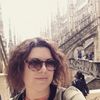Matthew Quick is a wry investigator of the human condition, cleverly exhuming and re-interpreting the follies of history through his lush imagery. Nowhere is this triumphant impulse more apparent than in his striking body of work, Monumental Nobodies.
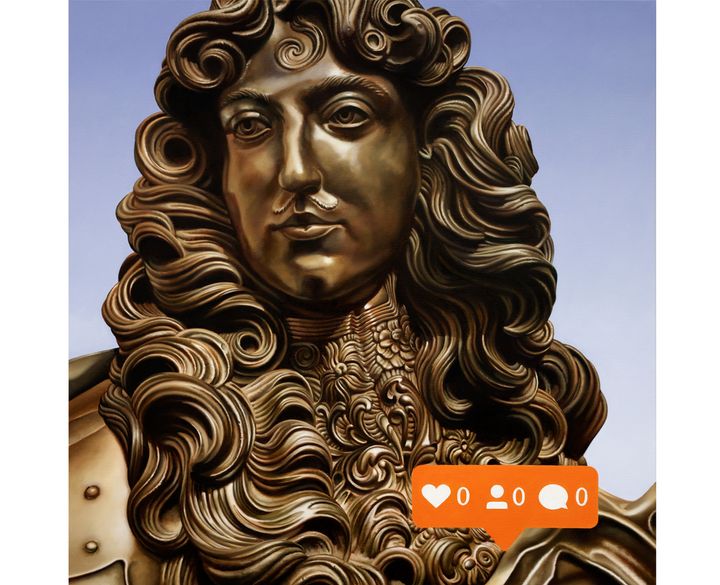
Matthew Quick, Judge, Jury & Executioner, 2016, Oil on Italian Linen
Quick’s images immediately juxtapose memory and contemporary society, weaving new narratives from historical events with the layered nuance of a modern perspective. Transforming monumental figures through the power of creative vision, his impressive historical acumen is revealed through vibrant visual observations in his paintings. Rising as one of Australia’s top 50 artists, Quick’s CV includes founding an advertising agency, lecturing at universities, copywriting and working as an interior designer, indicating the insatiable curiosity he holds for the inner workings of the world around him. Applying this curiosity to a fresh look at historically significant monuments, Quick is able to infuse the witty, contemporary imagery in Monumental Nobodies with aesthetic and incisive commentary. Here, we check in with Quick to get answers to our pressing questions about his practice.
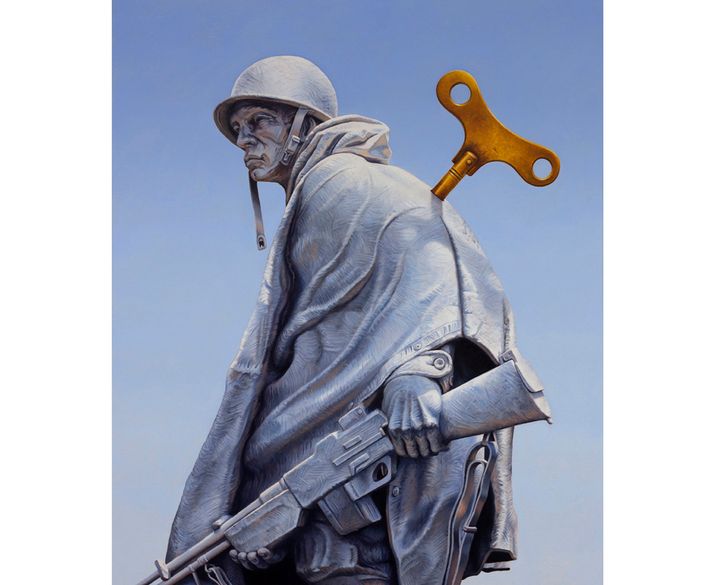
Matthew Quick, The View From Above, 2014, Oil on Italian Linen
Elements of surrealism appear throughout your work linking this 20th century style to contemporary life. Can you elaborate on if/how your practice as a painter seeks to combine this traditional medium with contemporary iconography (cell phones, surveillance cameras, etc.)?
MQ. I actually don’t see myself as a surrealist artist, even though I use surrealist elements in my work. Surrealists tended to combine disparate elements together randomly. The combinations I make are not random: I am trying to tell stories. In order to be as engaging as possible, I choose the most unexpected combination of elements while still supporting the story. I aim for the viewer to make connections effortlessly. I achieve this by including iconography with universal recognition. The challenge then lies in not resorting to cliché; although I sometimes take an existing cliché and reinvent it.
Your work combines Pop Art with sociopolitical critique, can you explain whether Pop Art or socio-political events influence you more? Are they equally important in your work?
MQ. Definitely the socio-political observations influence me. Without the context they would just be hollow visual tricks. The [Monumental Nobodies] series was inspired by the US soldiers destroying art upon seizing Baghdad. Removing contemporary politics, this destruction illustrates how little has changed psychologically in the 1500 years since the barbarian sack of Rome. With one notable difference: Rome was destroyed by uneducated warriors. In Baghdad, it was stage-managed for TV. The discussion of historical figures influencing art for better or for worse in the arts, and how this veneration is affected by changing values, is particularly pertinent after [the protest-related violence in] Charleston.
What inspires you to focus on classical sculpture as a main feature in your work?
MQ. Punctuating an arc through triumph and failure, the monuments that map the rise and fall of empires seem somehow more poignant when the event for which they were created has faded into history. With their conscious symbolism, they provided the foundation for a revisionist take on notions of beauty, pride, and nationalism.
From here, I reference individual freedoms, social control, surveillance and the deceitful behavior of rulers who intentionally fail to act as they speak. When juxtaposed against these grandiose ideals, the meaning of the contemporary adds its own affectations, prompting the viewer to see these objects anew and holding up a mirror to contemporary values.
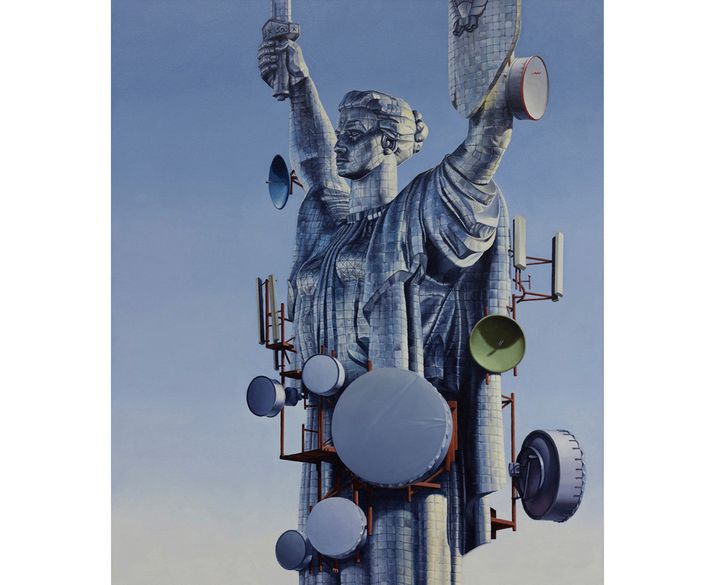
Matthew Quick, History Is Written By the Victors, 2013, Oil on Italian Linen
In your other series, "Introduced Species" and "Pure", you implement repetition as a means of investigating nature versus the built environment. How does the environment play a role in inspiring your work in these series and what topics are you reflecting on?
MQ. It is THE universal story.
The majority of the world has selected capitalism as societal model. And capitalism and the environment are natural enemies. Because one of the pillars of capitalism is constant growth. Prices must rise, markets must grow, shareholders expect to be rewarded. And for hundreds of years there were always new frontiers available; new continents to explore, vulnerable civilizations to be subjugated, fresh markets to be exploited.
Only now there are no undiscovered continents. And the last major new market opportunity was expansion into the former Soviet countries after the collapse of communism. Yet the market requires growth. Which means resources must be extracted from the ground more efficiently, and labor resources extracted from the workforce more ruthlessly.
And with only one planet, if we screw this one up, it’s not like we can get another. It is the universal truth affecting us all. And hence is driving all the political, social and environmental stories at play around the world. As an artist engaged in the world, many works cast an eye over the many absurd ways this is being playing out. They serve almost as snapshots of where we sit at this unique juncture in history. Hopefully, snapshots that have an original voice.
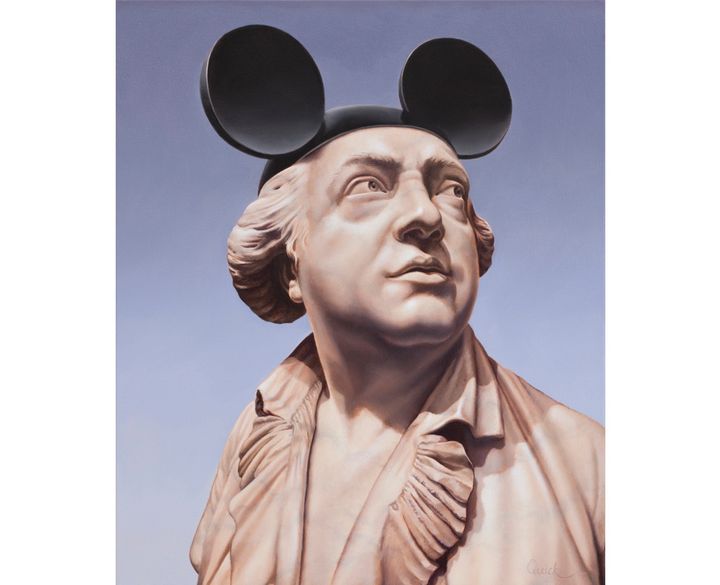
Matthew Quick, Membership Benefits, 2015, Oil on Italian Linen
You've pursued many careers as you've developed as an artist, through advertising, interior design, etc. How has this multidisciplinary career path influenced your work?
MQ. Each of these careers has brought something into my practice.
While the triggers are often based upon contemporary news or political observations, developing these concepts relied on the lessons I’ve learned through creating advertising campaigns. The layouts I use speak to my background as a graphic designer, constructed in many cases according to the principles of the Golden Ratio. My beginnings as an illustrator have been built upon with the techniques of the old masters, with each painting containing layers of paint build up into a velvety saturation of color and without brush strokes. And my experience as a writer is utilized with the titles and stories attached the works. Indeed the titles are intrinsic to each work. With the combination of title and image deeper meanings emerge, triggering the opening chapters to an endless array of stories the viewer is invited to create.
Stylistically there is an influence as well, but in a rather unexpected way. In essence, graphic design is the distillation of an idea down to its most basic elements - the simplicity of which demands a type of visual baby talk. And after doing this for 15 years, I chose to make realist art simply as a reaction against the previous work.
Part of the magic is the interaction between the under-painting and the top finessing layers, allowing for colors and blends that are simply unachievable in a single pass. And it is fun to try and capture the essence of a surface, be it skin or stone or cloth etc. However this was never intended to be my definitive style.
Having achieved recognition with this type of work there is an expectation I should continue, but with my newest work I am mixing it all up a little, experimenting with other surfaces such as copper and aluminum. These allow for a lightness of tone, with the materials defining the mid-tone saturation point. The polished backgrounds enhance the concepts, and I am also using negative space, reductions and typography.
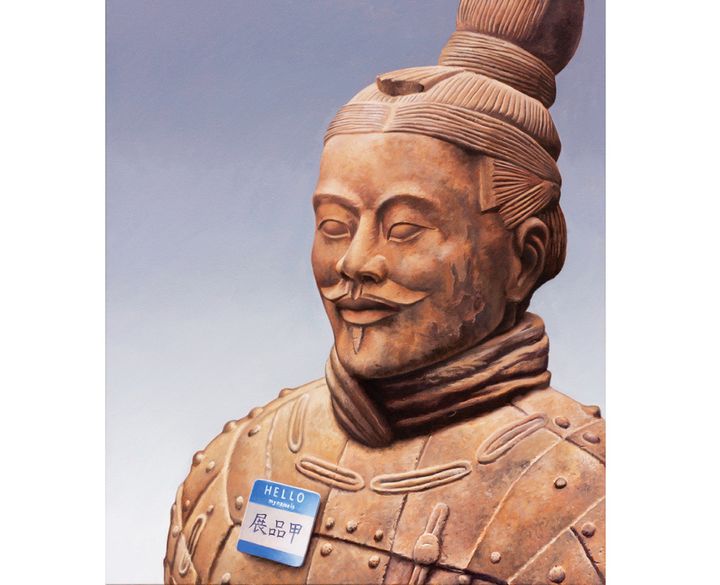
Matthew Quick, Hello My Name is Exhibit A, 2014, Oil on Italian Linen
Building on this last question, how have your travels influenced your practice? How does having a broader political perspective affect your work as a painter?
MQ. I have been fortunate for the past twenty years to travel for at least a month each year, and this has hugely influenced both my outlook on the world and my practice. Most artists are sponges, soaking up the world about them and distilling it back into their art. History, politics and sociology are particular interests.
I’ve lived in other countries, [Quick was born in Australia - ed.] working variously as a graphic designer, photographer, art director & copywriter. I jumped from airplanes, hang-glided, climbed Everest, wrote novels, lectured at University and founded my own ad agency. I spent nights under stars in India, under surveillance in Burma, underground in Bolivia, and under-nourished in London - where for several months I camped underneath a grand piano. All of this is grist for the mill.
And then there was cancer. In my 30s, it catalysed turning professional as an artist.
What exhibitions or initiatives do you have coming up in 2017/18?
MQ. I have an exhibition with Nanda Hobbs Contemporary in Sydney, Bling, opening on November 16 including paintings on copper and aluminum, plus a few sculptures. This new work considers branding and advertising.
Finally: what album could you listen to on repeat forever?
MQ. My mind is constantly buzzing, so even the greatest album tires. Lately I’ve been listening to podcasts while working, especially loving The Dollop.
